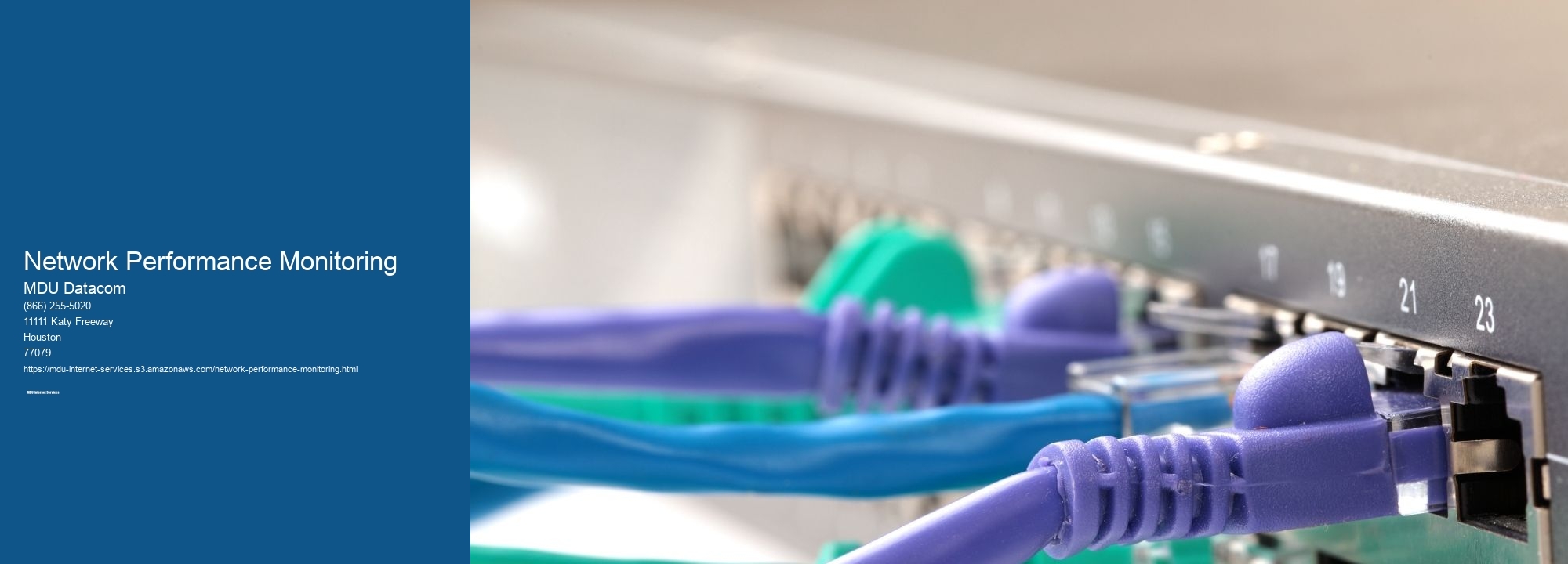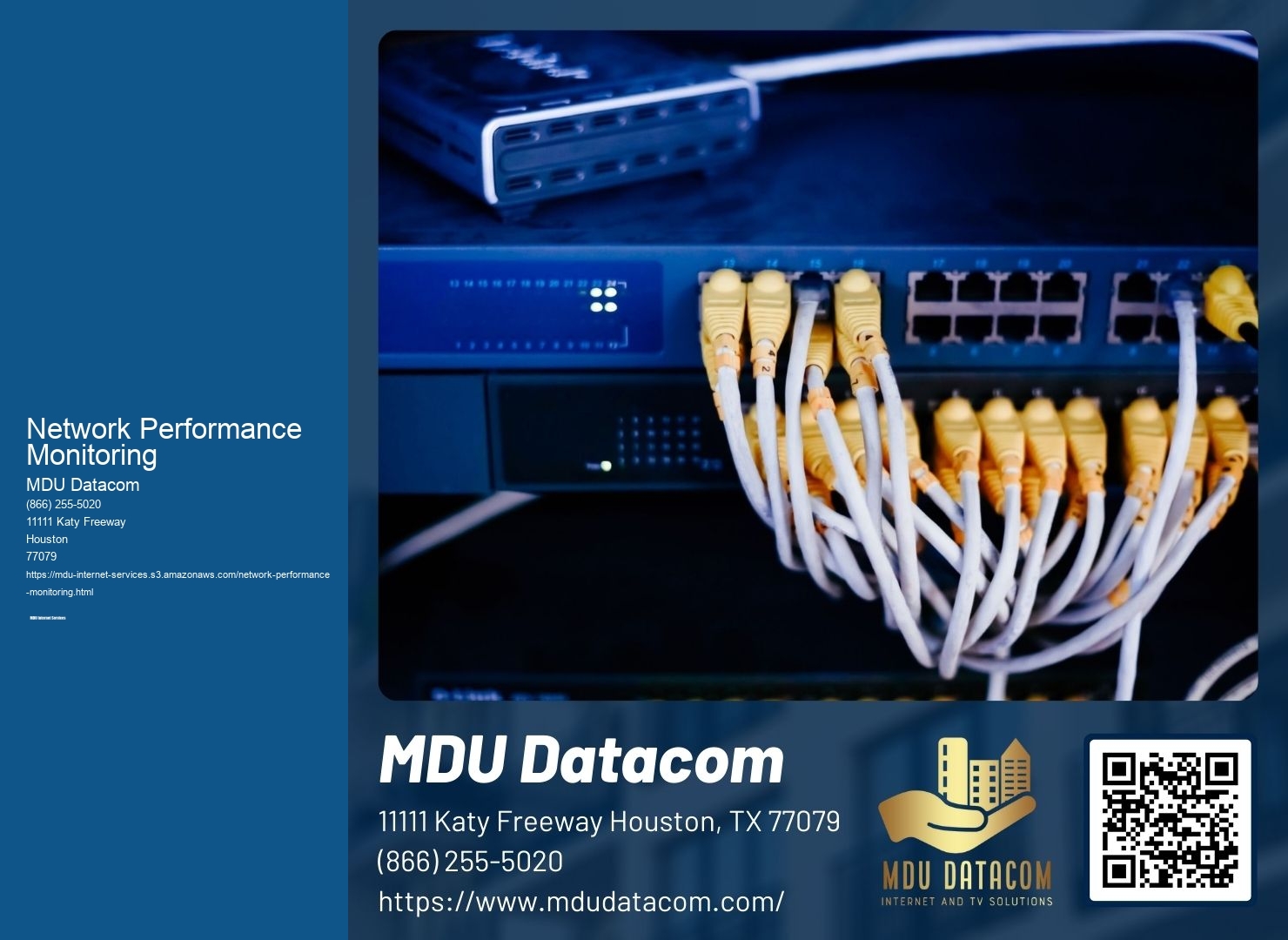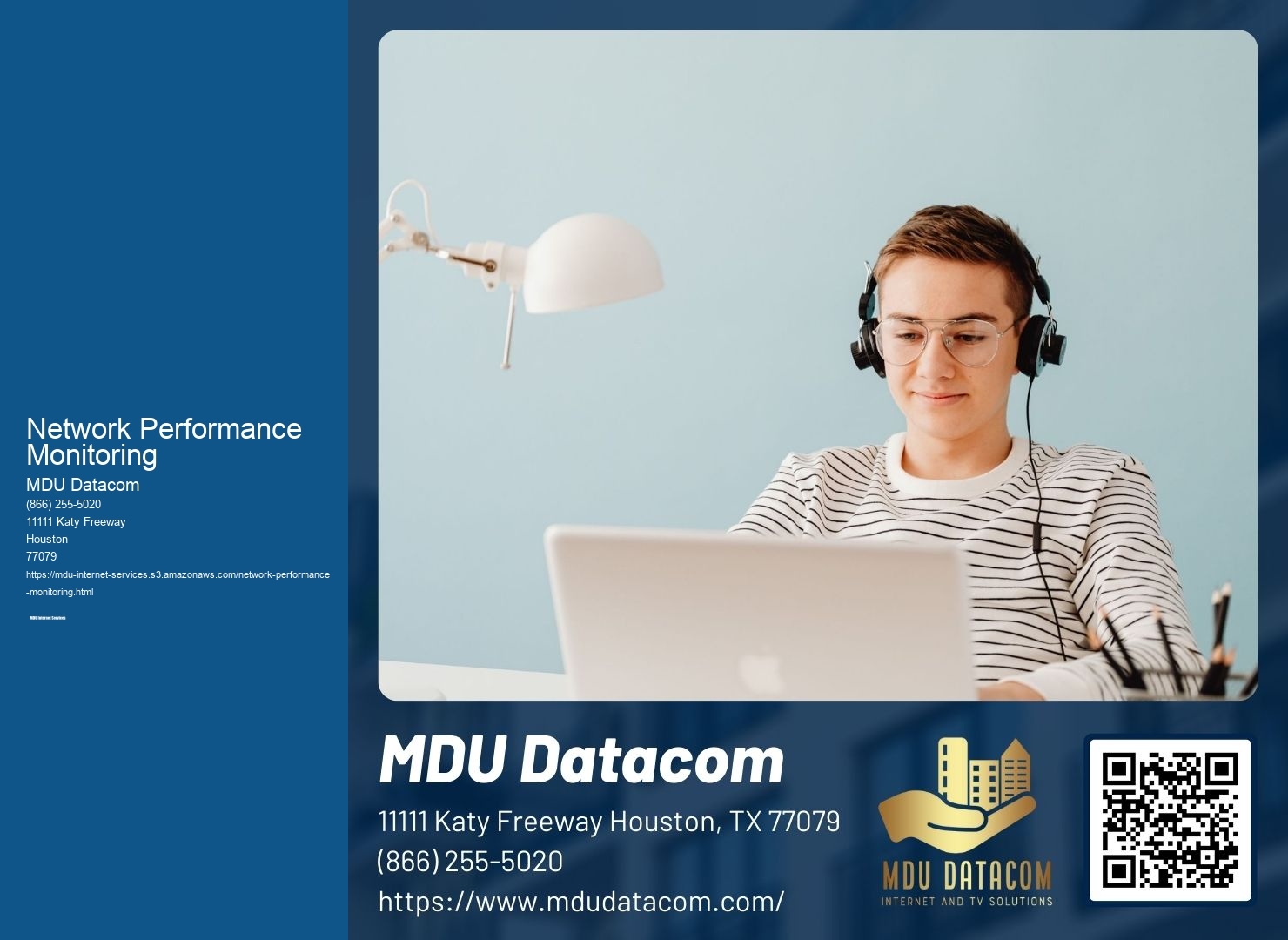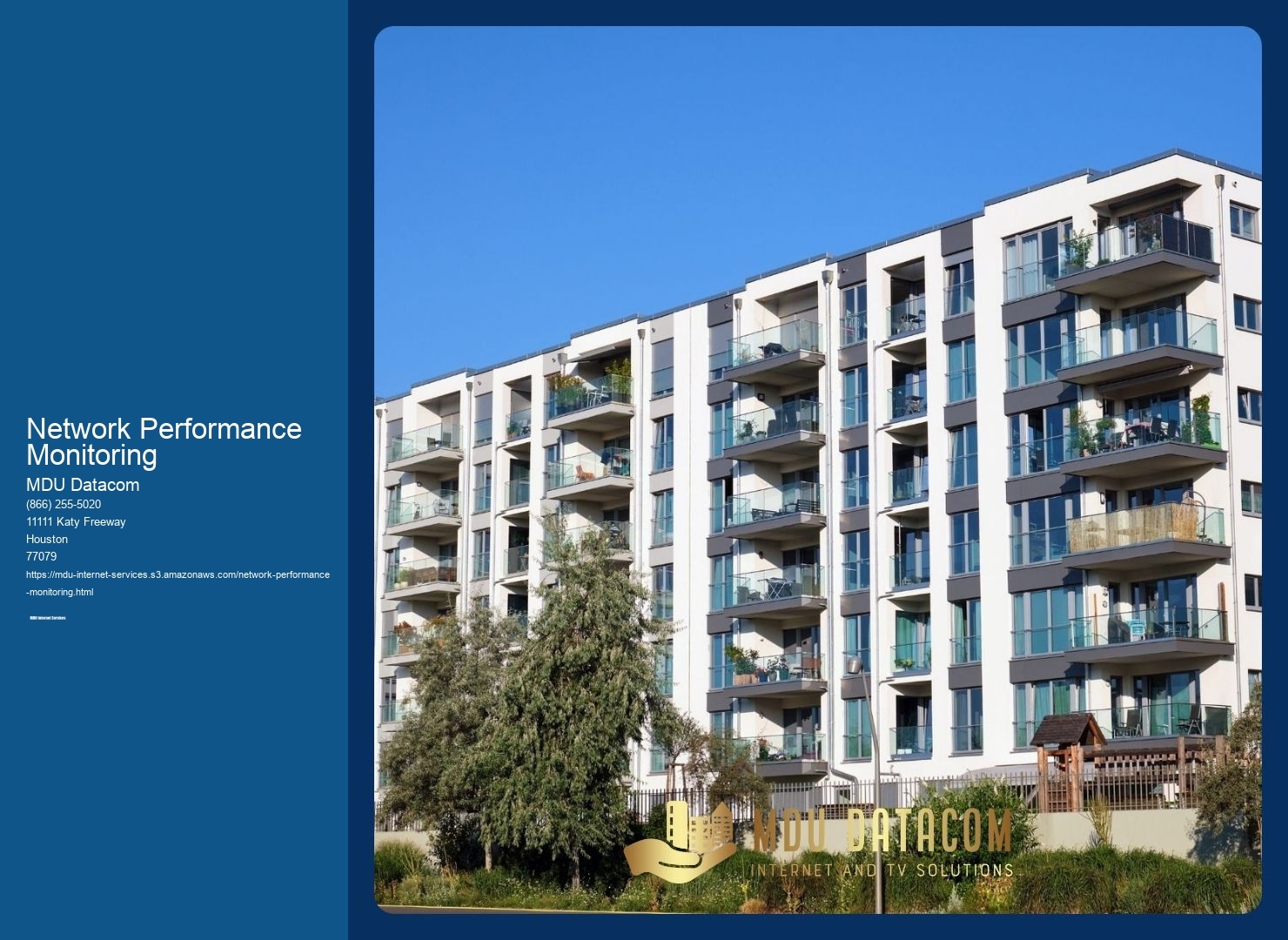

An online security audit can uncover a range of common security risks. These may include weak or easily guessable passwords, outdated software or plugins, insecure network configurations, inadequate access controls, unencrypted data transmission, and lack of regular security updates. Additionally, an audit can identify vulnerabilities such as SQL injection, cross-site scripting (XSS), cross-site request forgery (CSRF), and insecure file uploads. Community Broadband Services By uncovering these risks, an online security audit helps organizations understand their potential exposure to cyber threats and take appropriate measures to mitigate them.
To ensure the confidentiality of sensitive data during an online security audit, several steps can be taken. First, the audit should be conducted by qualified and trustworthy professionals who adhere to strict confidentiality agreements. Access to sensitive data should be limited to only those individuals who require it for the audit. Additionally, encryption should be used to protect data both in transit and at rest. This can include using secure protocols such as HTTPS for data transmission and encrypting stored data using strong encryption algorithms. Regular backups should also be performed to ensure data can be restored in the event of a breach or data loss.
An online security audit can help organizations achieve compliance with industry regulations and standards by identifying any gaps or non-compliance issues. Many industries have specific regulations and standards that govern the security and privacy of online systems, such as the Payment Card Industry Data Security Standard (PCI DSS) for organizations that handle credit card information. By conducting an audit, organizations can assess their current security measures against these requirements and make any necessary changes to ensure compliance. Residential Community Broadband Providers This can help avoid penalties, reputational damage, and potential legal consequences associated with non-compliance.

There are several best practices for conducting an online security audit. First, it is important to establish clear objectives and scope for the audit to ensure all relevant areas are assessed. This includes identifying the specific systems, applications, and data that will be included in the audit. It is also important to use a combination of automated tools and manual testing techniques to ensure comprehensive coverage. Regularly updating and patching systems, as well as implementing strong access controls and monitoring mechanisms, are also important best practices. Finally, documenting findings, recommendations, and remediation plans is crucial to ensure that identified vulnerabilities are addressed effectively.
The frequency of online security audits depends on various factors, including the size and complexity of the website or online system, the industry in which the organization operates, and any regulatory requirements. In general, it is recommended to conduct regular security audits at least annually. However, organizations in high-risk industries or those that handle sensitive data may need to perform audits more frequently, such as quarterly or even monthly. Additionally, it is important to conduct audits whenever significant changes are made to the website or its underlying infrastructure, such as the introduction of new features or the migration to a new hosting environment. MDU Broadband Infrastructure Regular audits help ensure that the website maintains a secure online environment and stays ahead of emerging threats.

Network performance monitoring is the process of continuously monitoring and analyzing the performance of a network infrastructure to ensure optimal functioning. Apartment Complex Internet Connectivity It involves collecting and analyzing data on various network parameters such as bandwidth utilization, latency, packet loss, and network availability. This monitoring is crucial for businesses as it helps them identify and address any performance issues or bottlenecks that may be affecting their network. By monitoring network performance, businesses can proactively detect and resolve issues, minimize downtime, and ensure that their network is operating at its full potential, which is essential for maintaining productivity and delivering a seamless user experience.
Network performance monitoring plays a vital role in identifying and resolving network bottlenecks. By continuously monitoring network performance metrics such as bandwidth utilization, latency, and packet loss, businesses can pinpoint areas of congestion or performance degradation. These metrics help in identifying the specific components or segments of the network that are causing bottlenecks. With this information, network administrators can take appropriate actions to resolve the bottlenecks, such as optimizing network configurations, upgrading hardware, or reallocating resources. Managed Broadband Services for MDUs By addressing these bottlenecks promptly, businesses can ensure smooth network operations, minimize disruptions, and maintain optimal performance.

MDU, also known as Multi-Dwelling Unit, does offer incentives for residents to participate in surveys or focus groups related to internet service improvement. These incentives are designed to encourage residents to provide valuable feedback and insights that can help MDU in enhancing their internet services. By participating in these surveys or focus groups, residents may have the opportunity to receive rewards such as gift cards, discounts on their internet bills, or even free upgrades to higher internet speeds. These incentives serve as a way to show appreciation to residents for their time and effort in contributing to the improvement of MDU's internet services.
MDU, or Multi-Dwelling Unit, handles requests for Wi-Fi coverage expansion within properties by following a systematic approach. Firstly, they assess the current Wi-Fi coverage and identify any areas with weak or no signal. Then, they analyze the property's infrastructure and determine the best placement for additional access points or routers to ensure optimal coverage. MDU also considers factors such as the number of residents, the size of the property, and the types of materials used in the building's construction. They may utilize technologies like mesh networking or powerline adapters to extend the Wi-Fi coverage effectively. Additionally, MDU takes into account the specific needs and preferences of the property owners or residents, ensuring that the expanded Wi-Fi coverage meets their requirements.
Residents of MDU (multi-dwelling units) have the option to opt out of the internet services provided by the MDU if they prefer to utilize alternative providers. These alternative providers may include ISPs (Internet Service Providers) that offer a wider range of plans, higher speeds, or more affordable pricing options. By opting out, residents can exercise their freedom of choice and select a provider that best suits their individual needs and preferences. This flexibility allows residents to take advantage of the competitive market and access the internet services that align with their specific requirements, whether it be for personal or professional use.
Residents of MDU properties in Maryland have the ability to request specific internet service providers (ISPs) based on their individual preferences and needs. These requests can be made to the property management or the homeowner's association, who can then work with the ISPs to determine the feasibility of providing the requested services. The availability of specific ISPs may vary depending on the location and infrastructure of the MDU property. However, residents can explore options and express their preferences to ensure that their desired ISP is considered during the decision-making process.
MDU internet services, also known as Multi-Dwelling Unit internet services, may or may not have data caps depending on the specific provider and package chosen. Data caps refer to the limit on the amount of data that can be used within a given billing cycle. Some MDU internet services may have data caps in place to manage network congestion and ensure fair usage among multiple users within the same building or complex. However, it is important to note that not all MDU internet services have data caps, as some providers offer unlimited data plans. When considering MDU internet services, it is advisable to carefully review the terms and conditions, as well as the specific package details, to determine if there are any data caps or restrictions in place.
MDU (Multi-Dwelling Unit) ensures internet reliability during peak usage times by implementing various strategies and technologies. One of the key approaches is the use of load balancing techniques, which distribute the network traffic evenly across multiple servers or connections. This helps to prevent any single server or connection from becoming overwhelmed and ensures a consistent and reliable internet experience for users. Additionally, MDU may employ traffic shaping and prioritization techniques to allocate bandwidth resources efficiently. By prioritizing critical applications and limiting bandwidth for non-essential activities, MDU can optimize network performance and minimize disruptions during peak usage periods. Furthermore, MDU may invest in robust infrastructure, such as fiber-optic cables, to provide high-speed and reliable internet connectivity. This advanced technology allows for greater bandwidth capacity and faster data transmission, reducing the likelihood of congestion and ensuring a reliable internet connection even during peak usage times.
MDU, or Multiple Dwelling Unit, typically handles requests for internet service upgrades in older apartment buildings with outdated infrastructure by conducting a thorough assessment of the existing infrastructure and identifying the areas that require improvement. This assessment includes evaluating the wiring, cabling, and networking equipment in the building to determine the extent of the upgrades needed. Once the assessment is complete, MDU may employ various strategies such as rewiring, installing new networking equipment, or upgrading the existing infrastructure to ensure a seamless and efficient internet service. Additionally, MDU may collaborate with internet service providers to leverage advanced technologies like fiber-optic cables or wireless networks to enhance the internet connectivity in these older buildings. By employing these strategies, MDU aims to provide residents with faster and more reliable internet service, despite the challenges posed by outdated infrastructure.
Residents of MDU (multi-dwelling unit) internet services can indeed request priority access for specific online services or applications. With the increasing demand for high-speed internet and the proliferation of various online services, MDU providers understand the need for customized internet experiences. By prioritizing access to specific services or applications, residents can enjoy seamless streaming, gaming, or other online activities without any interruptions or latency issues. This prioritization can be achieved through advanced traffic management techniques, such as Quality of Service (QoS) protocols, which allocate bandwidth and prioritize certain types of traffic over others. Additionally, MDU providers may offer service plans that cater to specific online activities, allowing residents to choose packages that prioritize their preferred services or applications.